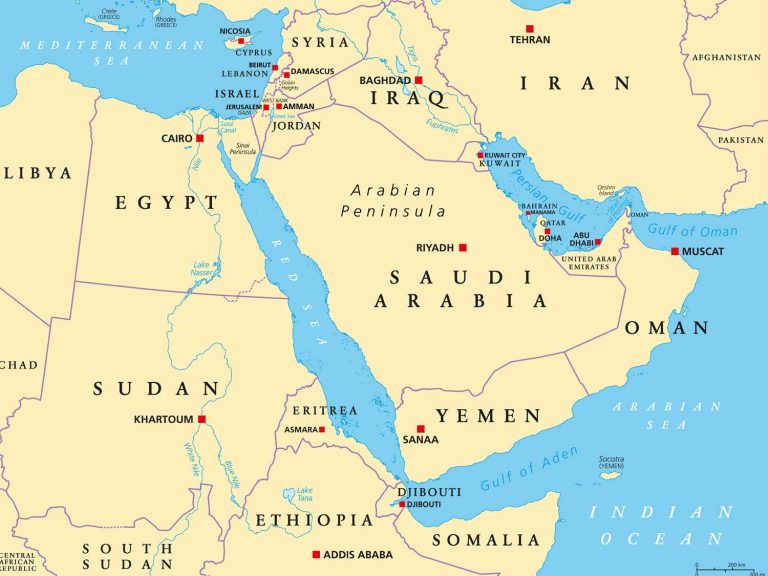
Date:
Container shipping braces for volatility as Red Sea routes beckon
For over a year attacks on merchant vessels by Houthi militants has forced container carriers to reroute around the Cape of Good Hope. However, a newly established ceasefire and assurances from Houthi forces to limit attacks on non-Israeli vessels signal the possibility of a return to the Suez Canal route.
The ceasefire in Gaza and Houthi pledges to cease attacks on most vessels offer cautious optimism for carriers, who have stated that they will only return to Red Sea transits “when it is safe to do so”.
The assurance that ships will not be targeted, alongside a reduction in hostility towards vessels calling at Israeli ports, should pave the way for safer Red Sea transits.
However, the situation remains fragile. The Houthis have reserved the right to resume attacks should aggression occur in Yemen, and their targeting of Israeli-flagged or wholly Israeli-owned vessels persists. Furthermore, full implementation of the ceasefire agreement’s later stages is crucial for long-term stability.
Capacity oversupply threatens
While the reopening of the Red Sea route presents an opportunity to streamline shipping operations, it also introduces significant challenges.
Currently, close to 100% of container vessels avoid the Suez Canal, diverting around Africa and effectively removing over 12% of fleet capacity. This artificial tightening of capacity has driven freight rates to significantly higher levels in 2024, with spot rates more than tripling on some trades.
The return to shorter voyages through the Suez Canal will flood the market with capacity, dramatically altering the supply-demand balance. Analysts predict carriers will struggle to absorb the 1.8m TEU excess, with scrapping and slow steaming unlikely to offset the impact.
Operational challenges
Resuming Red Sea transits will also bring logistical hurdles. Carriers face the complex task of realigning schedules disrupted by the year-long diversions. Ships arriving earlier or later than expected at ports could lead to congestion and delays, adding to the strain on global supply chains.
Port congestion, particularly in Europe, is a key concern. A surge in vessel arrivals could overwhelm infrastructure, causing temporary backlogs that disrupt the smooth flow of goods. The shipping industry must also contend with record deliveries of new vessels, further compounding capacity issues.
While the reopening of the Red Sea route offers opportunities to reduce transit times and operational costs, the transition is unlikely to be smooth. The combination of excess capacity, volatile freight rates, and logistical challenges will create uncertainty in the short term.
With geopolitical risks casting uncertainty over the industry, building resilient supply chains, securing comprehensive cargo insurance, and managing budgets effectively will be essential for navigating the 2025 sea freight landscape.
In this volatile market, our marine insurance cover and fixed-rate agreements on key shipping routes help minimise risk and provide budgetary stability.
To discover how Metro’s insurance solutions and fixed-rate options can support your business in 2025, please EMAIL Managing Director Andy Smith.
